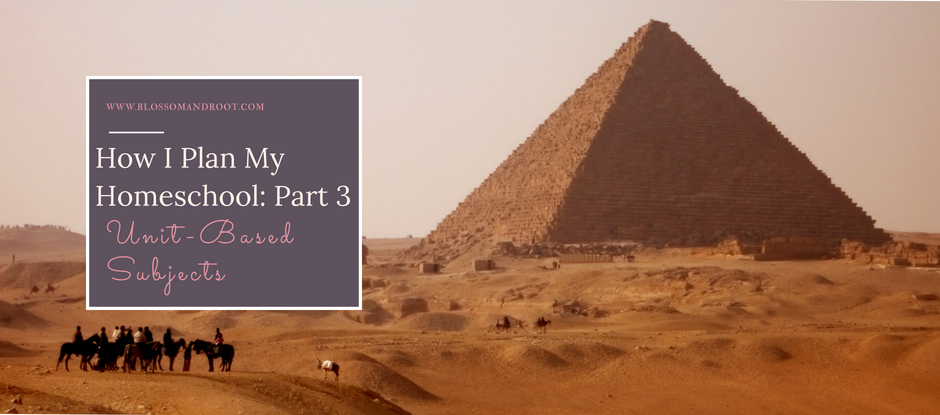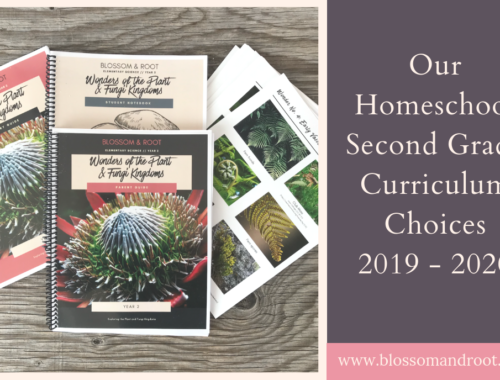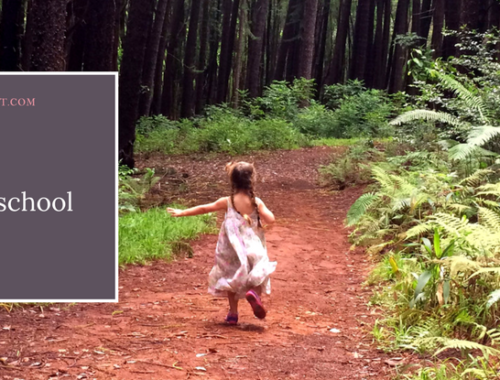In my last post, I showed you how I plan the majority of our homeschool year with a “do the next thing” system. (Click here to read that post.) However, for some subjects we choose not to use a structured curriculum or resource. I call these “unit-based subjects” because they are more like deep-dives into a certain topic than a systematic, year-long review. We use a different approach for these subjects, because we aren’t following a resource that has each week’s materials laid out for us. Still, I like to keep things as simple and flexible as possible, so I’ve developed a way of planning these subjects that reflects that.
Here is how I plan for unit-based subjects:
Step One: Decide Which Topics I Want to Cover That Year
I use the unit-based approach for social studies and history right now, so the first thing I did when I sat down to plan these was to choose which topics I wanted to cover.
In history, I want to do a split-year approach, studying United States history in the first half of the year and world history in the second half of the year, while trying to cover both in a somewhat linear fashion. For United States history, I’ve decided we will study Native American tribes and cultures (pre-contact) for our first unit and life in the first colonies for our second unit. For world history, we will dive into ancient Egypt, ancient Greece, and ancient Rome.
In social studies, I want to cover communities, citizenship, and world geography and cultures.
Once I decided what to cover, it was time for step two…
Step Two: Decide How Long I Want to Spend on Each Unit
I try not to overthink this. I just like to have a general idea at the beginning of the year, but I always assume this is open to change and fluctuation as we move through each unit. If we want to linger longer on one topic, that’s totally fine. If we’re over something two weeks in, we can definitely cut it short.
History: I split the first semester into two chunks (one for Native Americans and one for early colonists) and the second semester into three chunks (one each for ancient Egypt, Greece, and Rome.)
Social Studies: I split the first semester into two chunks (one for communities and one for citizenship) and the second semester into six chunks (one each for Australia, Asia, Europe, Africa, South America, and North America…we’ll come back to Antartica later.)
Step Three: I Gather Books and Materials Using a “Bin System”
Using my handy-dandy plastic bins, I start collecting books and resources for each unit. I’ll continue collecting until it’s time to start each unit. Books make up the majority of what I collect, but I keep my eyes peeled for art and craft supplies, things on TeachersPayTeachers.com, and ideas for field trips and movies. I also like to pin ideas on Pinterest or save links to blog posts that may come in handy (like this one from Tina’s Dynamic Homeschool Plus.)
Step Four: I Loosely Organize a Plan Before Each Unit
About three weeks before a unit will start, I take a look at what we’ve got in the bin for it. I may request books from the library to fill in gaps, or purchase resources I’ve had my eye on. I try not to over-plan these topics, though. The majority of what we’ll do involves reading books placed into our morning and bedtime baskets, going on field trips to the museum, and maybe making a craft or two. As I said before, I keep my mind open to staying longer or leaving earlier depending on our interest. If Egypt grabs our attention and we don’t want to move on, we’ll stay awhile and I’ll find more projects to do with what we have on hand. If Greece is boring us to tears (highly unlikely, of course) we’ll skip on to the next topic. And if something pops up that I wasn’t planning for, I will welcome it in!
Do you plan anything with a unit-based approach? I know a lot of homeschoolers like to do all of their subjects based on a single unit, but I find for us the hybrid approach works best. What subjects are you looking forward to this year in history? Please share in the comments–I would love to hear from you all!
In the next post, I’ll show you how I craft a weekly rhythm.
Get Your FREE Trial Issue of Book Seeds By Blossom & Root!

This FREE issue, inspired by the book The Three Sunflowers by Janet Lucy, includes two weeks of activities including nature study, STEAM, art project, recipe, and exploring language and poetry. Suitable for ages 3 - 8. Grab yours today!




